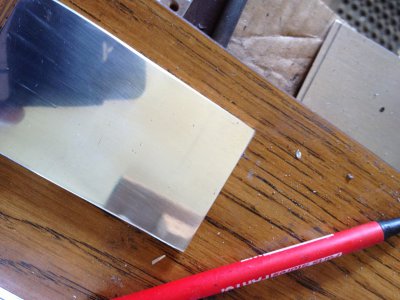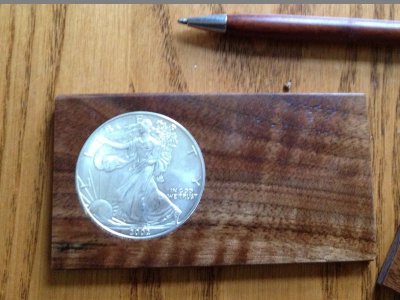- Joined
- Dec 17, 2012
- Messages
- 630
After reading so far, there is not much difference in the consensus of table saw safety on the woodworking forums. A table saw is not any more likely to hurt you than something like a nice powerful drill press, milling machine or lathe. It all comes down to work holding and stock control. Tablesaws can be operated safely and trouble free. They can also be a deadly machine.
Personally, I haven't had one in years. Not because of safety but more the fact that to use them effectively you need good side and outfeed support that translates to a lot of space that I don't have. I would rather break down large sheet stock with a circular saw with a cutting guide. The new metal cutting circular saws would be a pretty good match as well for metal sheet with a similar guide. Something smaller than big sheet? It is just so much more simple on the bandsaw or chop saw.
Personally, I haven't had one in years. Not because of safety but more the fact that to use them effectively you need good side and outfeed support that translates to a lot of space that I don't have. I would rather break down large sheet stock with a circular saw with a cutting guide. The new metal cutting circular saws would be a pretty good match as well for metal sheet with a similar guide. Something smaller than big sheet? It is just so much more simple on the bandsaw or chop saw.


